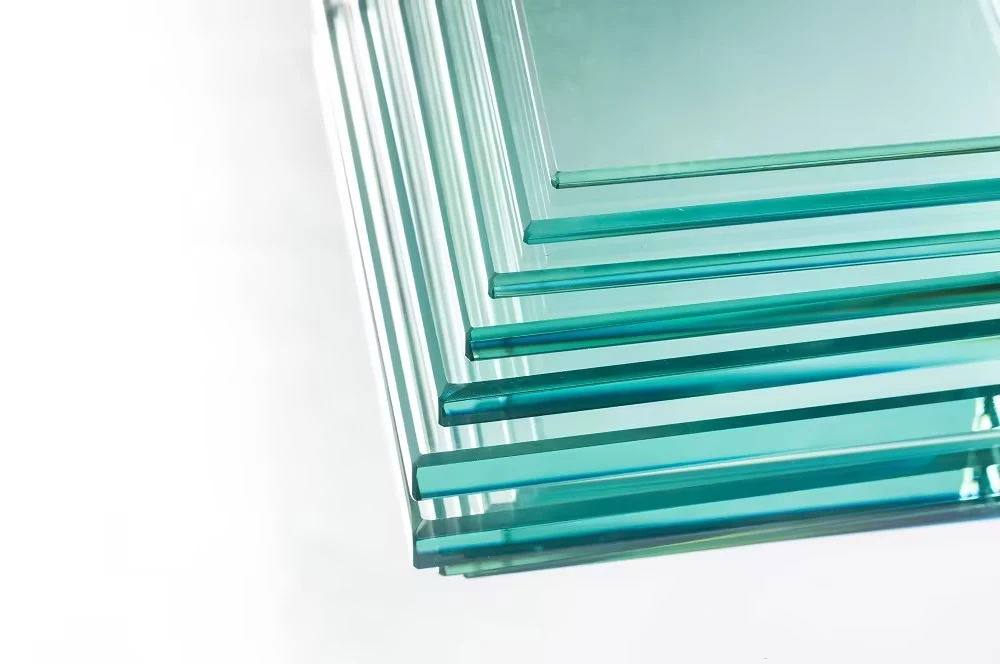

The Importance of Low-E Glass in Modern Architecture
In recent years, the demand for sustainable building materials has surged, with low-emissivity (low-E) glass emerging as a favored choice among architects and builders. This innovative glazing solution plays a significant role in energy efficiency, thermal comfort, and environmental sustainability, making it an essential element in modern architecture.
Low-E glass is designed to reflect infrared light while allowing visible light to pass through. This unique property is achieved by applying a microscopically thin metallic coating on one or more surfaces of the glass. By reflecting heat back into the building during winter and keeping it out during summer, low-E glass significantly reduces the need for heating and cooling systems, leading to lower energy consumption and reduced utility bills.
The Importance of Low-E Glass in Modern Architecture
Moreover, the energy efficiency provided by low-E glass aligns with the growing emphasis on reducing carbon footprints in construction. By incorporating low-E glass into building designs, developers can significantly lower greenhouse gas emissions associated with energy production. This is particularly important as governments and organizations worldwide set ambitious targets for carbon neutrality. Buildings that utilize low-E glass often qualify for various green building certifications, further promoting eco-friendly construction practices.

Aside from its thermal benefits, low-E glass also offers superior UV protection. Standard glass allows a high percentage of ultraviolet (UV) rays to penetrate, which can lead to fading of furnishings, artwork, and even flooring. Low-E glass, however, can block a significant portion of these harmful rays, preserving the aesthetic integrity of interior spaces and extending the lifespan of various materials. This makes low-E glass an ideal choice for homes, museums, and galleries where preserving the quality of artwork and furnishings is paramount.
In addition to these practical benefits, low-E glass can contribute to the overall aesthetic of a building. Available in various styles and finishes, it can complement both modern and traditional architectural designs. Whether used in striking facades or subtle window treatments, low-E glass enhances visual appeal while contributing to the structure's energy efficiency.
As the construction industry continues to evolve, the integration of sustainable materials like low-E glass becomes increasingly crucial. With rising energy costs and the pressing need to address climate change, utilizing low-E glass helps architecturally striking buildings promote resilience and sustainability. Its role in reducing energy consumption, improving indoor comfort, protecting interiors from UV damage, and enhancing overall design makes low-E glass a vital component of modern architecture.
In conclusion, low-E glass is more than just an advanced glazing option; it represents a significant step toward more responsible building practices. As we continue to confront global environmental challenges, the embrace of low-E glass in architectural design will be key in shaping a sustainable future. Emphasizing energy efficiency, comfort, and durability, low-E glass stands out as a true innovation in the realm of modern construction.